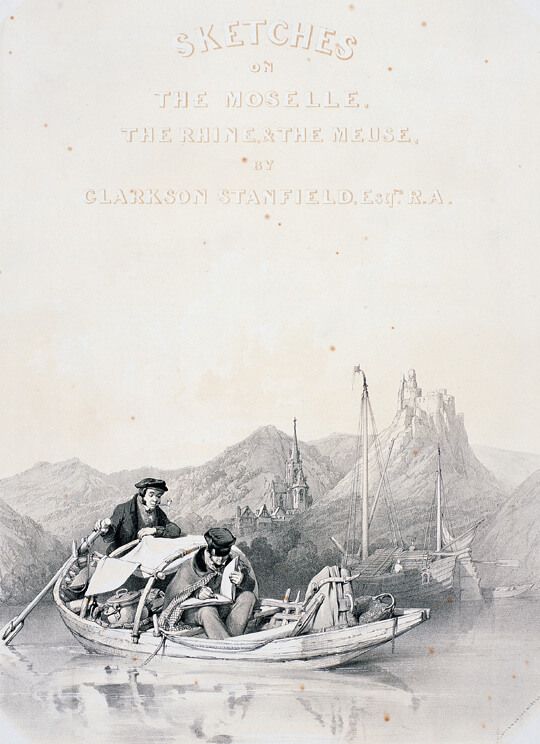BY DR. BÄRBEL SCHULTE:
Tourism is an important economic factor for the Mosel region - and has been for around 200 years! The idea of the romantic and wine-blissful Mosel valley also has its origins in the early 19th century, when English painters in particular set an artistic monument in the region.
For the sons of the European nobility, the so-called “Grand Tour” as a political, moral and cultural educational trip was an integral part of their education. With the economic boom of the bourgeoisie at the beginning of the 19th century, the offspring of the upper class were increasingly sent on tour. The early industrialized English pioneers here.
The topics of politics, culture and morality gradually moved into the background for young people in the age of Romanticism in favor of the intensive experience of natural beauty and the gathering of as many picturesque impressionsas possible. While it was initially the Rhine that attracted a particularly large number of travelers, from 1815/20 the Mosel was discovered as the “lovely daughter” of the Rhine.


